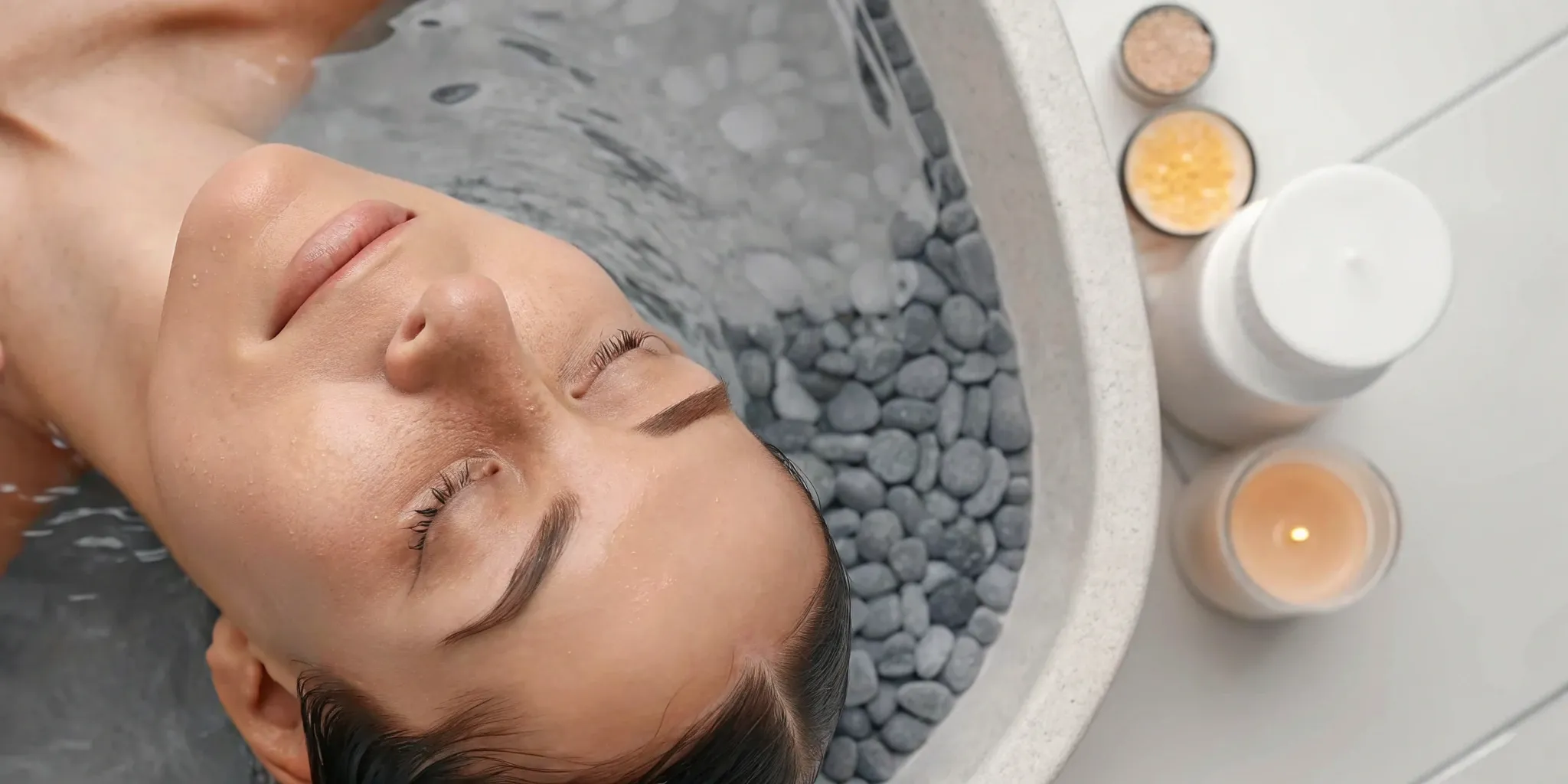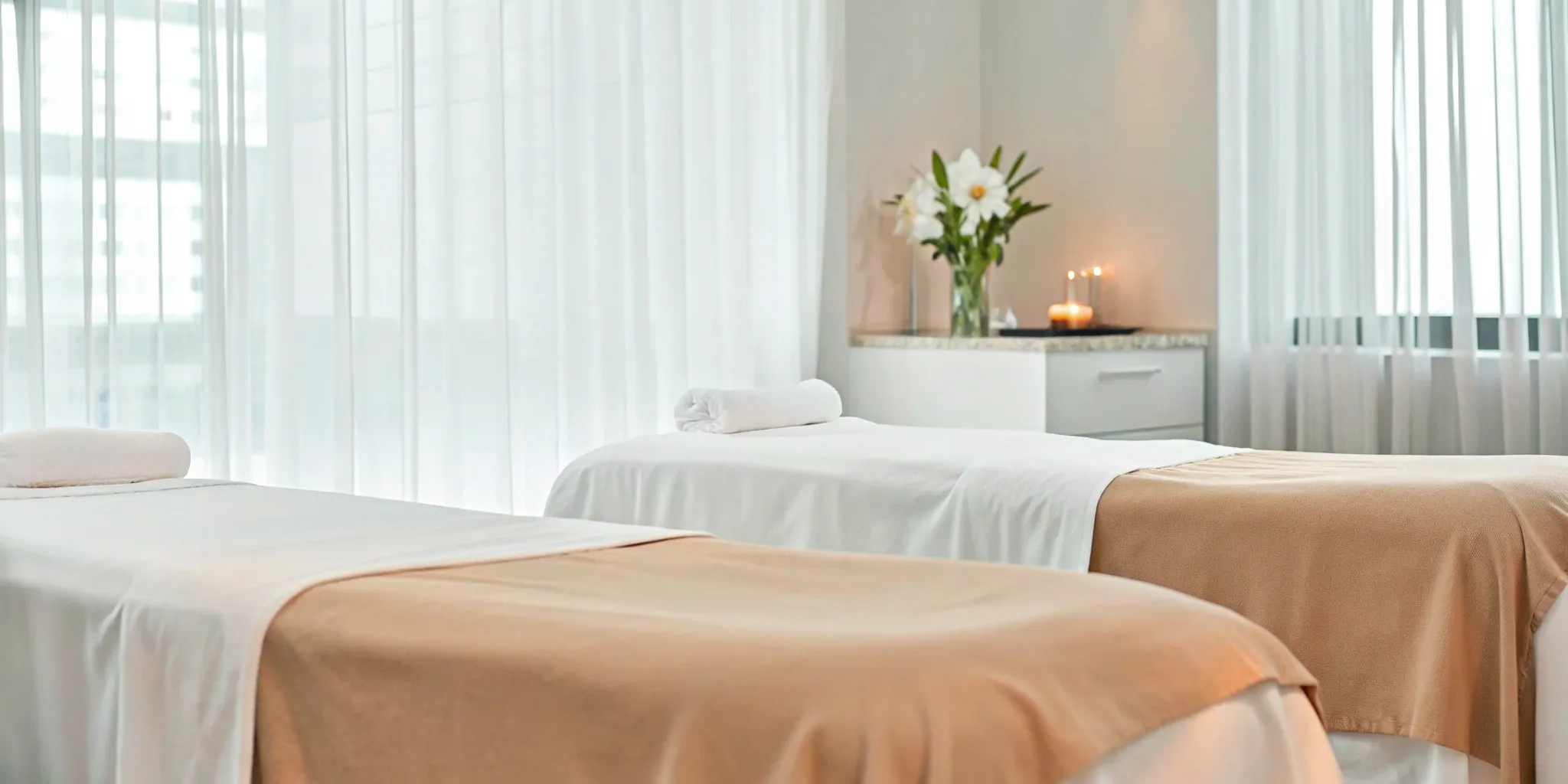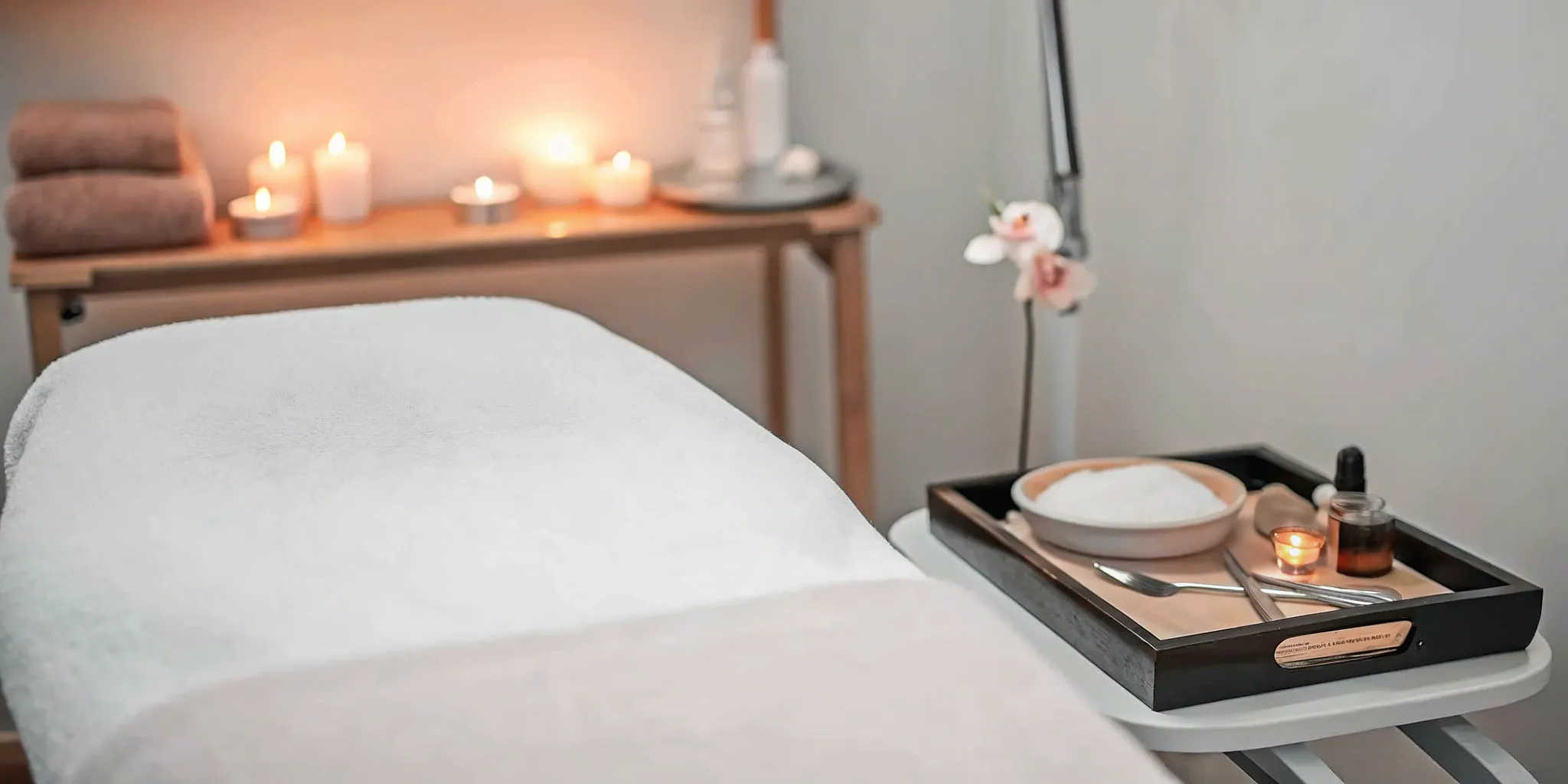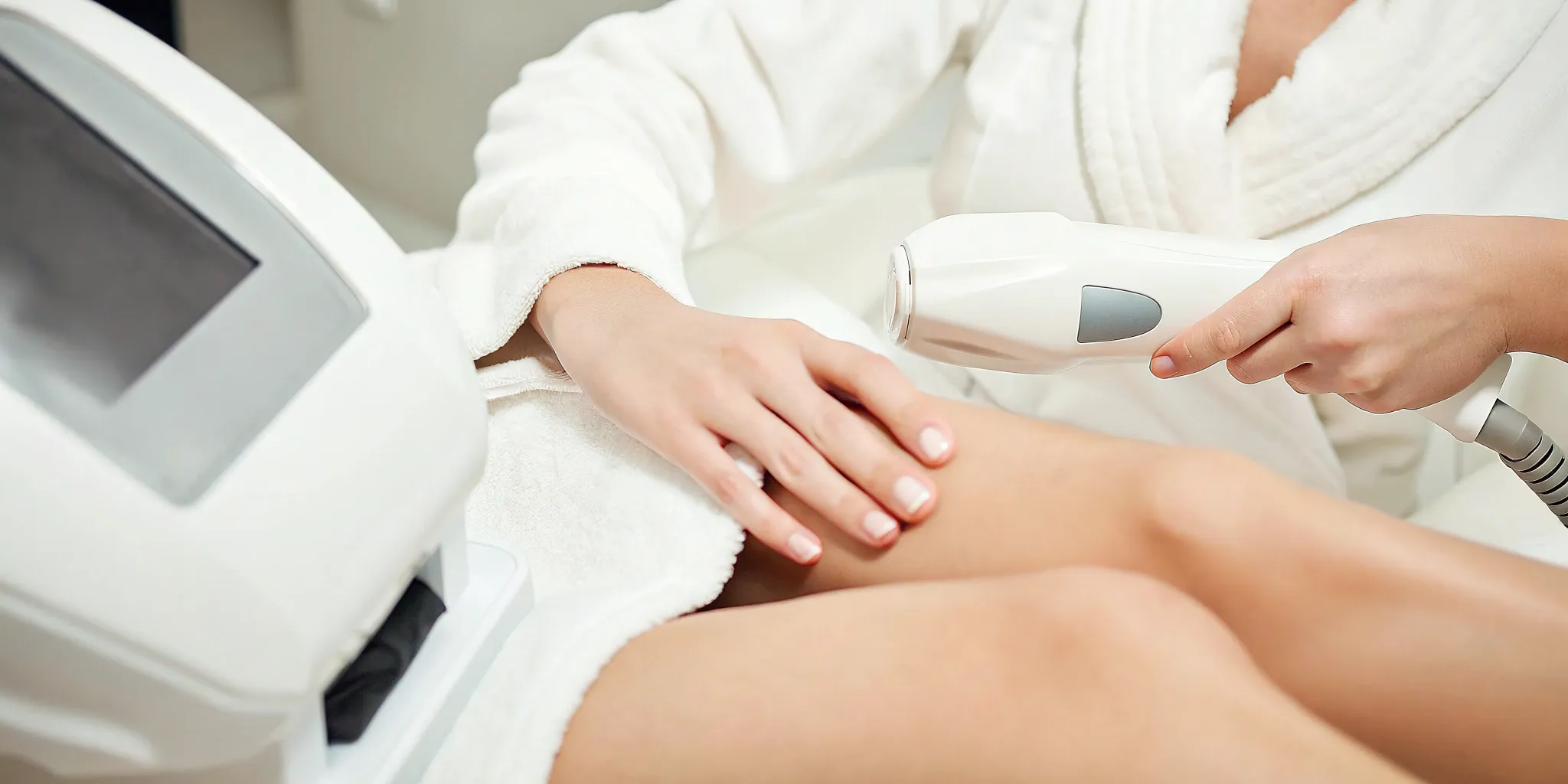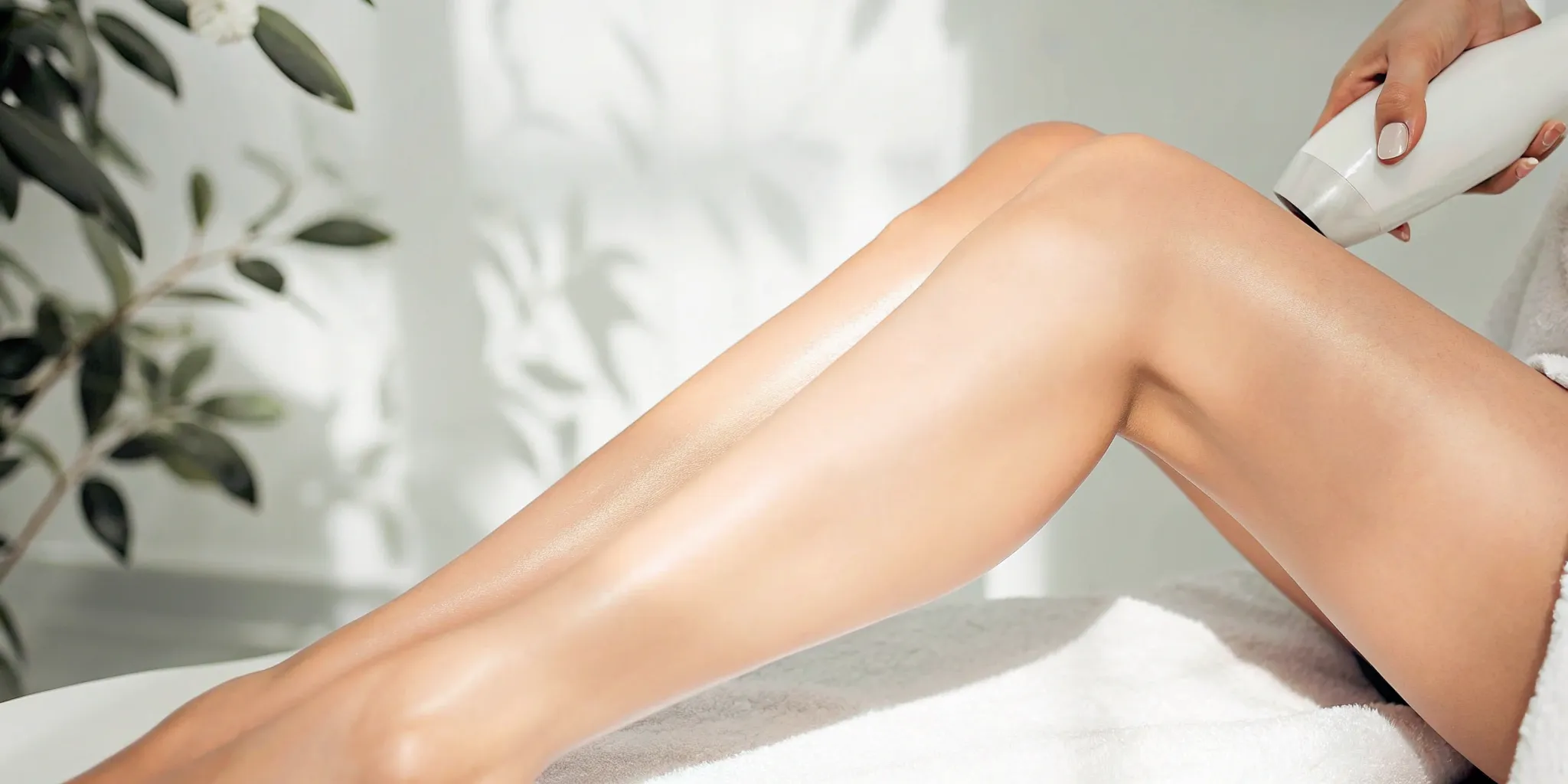Let’s face it—oily skin can be a real confidence killer. That unwanted shine can make you feel self-conscious and affect how your makeup looks. But effective solutions are within reach. This article provides actionable skincare tips for oily skin, empowering you to take control of your complexion. We’ll break down the causes of oily skin, help you identify your skin type, and guide you through building a personalized skincare routine. Plus, we’ll explore professional treatments offered at Ultimate Image MedSpa in Texas to help you achieve a healthy, radiant glow.
Key Takeaways
- Gentle cleansing is essential for oily skin: Wash your face twice a day with a gentle foaming cleanser to remove excess oil without over-drying.
- Hydration is key, even with oily skin: Use a lightweight, oil-free moisturizer to balance your skin and prevent it from overproducing oil.
- Lifestyle habits impact your skin’s health: Manage stress, eat a balanced diet, stay hydrated, and exercise regularly to support a clearer complexion.
What is Oily Skin?
Oily skin happens when your skin produces more sebum (natural oil) than needed. This leads to a persistently shiny or greasy appearance, especially in certain areas. While everyone’s skin produces some oil, those with oily skin types experience an excess that can be noticeable and sometimes frustrating. This extra oil can contribute to issues like clogged pores and breakouts.
What Causes It?
Several factors contribute to oily skin. Genetics play a role, as some people are simply predisposed to producing more oil. External factors like hot and humid weather can also ramp up oil production. Internal factors like fluctuating hormones and stress levels can also influence your skin’s oil production. Finally, using the wrong cleansing methods or products can disrupt your skin’s balance and trigger increased oiliness. Interestingly, while oily skin might mean more breakouts now, it could also mean fewer wrinkles later. For more information on the causes of oily skin, check out these resources from CeraVe.
Identify Your Oily Skin Type
Not sure if you truly have oily skin? A simple blotting sheet test can help. Gently press a blotting sheet to your forehead, cheeks, and nose. If the sheet comes away saturated with oil, you likely have oily skin. Visually, oily skin often presents with larger pores and a shiny complexion, particularly in the T-zone—your forehead, nose, and chin. Healthline offers additional tips for identifying oily skin.
Cleanse Oily Skin Effectively
Cleansing is the cornerstone of any skincare routine, especially for oily skin. Doing it right removes excess oil, dirt, and makeup that can clog pores and lead to breakouts. But it’s not just about washing your face—it’s about washing it effectively with the right products and techniques.
Choose the Right Cleanser
Finding the perfect cleanser for oily skin can feel like a quest, but it’s simpler than you think. Look for a gentle, foaming cleanser. Harsh cleansers can irritate your skin and actually increase oil production—the opposite of what you want! Avoid oil-based or alcohol-based cleansers, as these can also disrupt your skin’s balance. Opt for cleansers containing ingredients like benzoyl peroxide or salicylic acid, which are particularly helpful if you’re prone to acne. The American Academy of Dermatology offers helpful guidance on choosing the right cleanser for oily skin.
Cleanse Effectively
Now that you’ve got the right cleanser, let’s talk technique. Washing your face twice a day—once in the morning and once at night—is key for oily skin. Healthline suggests that this twice-daily cleansing is crucial for managing oily skin. An exfoliating cleanser with salicylic acid can be a great addition to your routine a few times a week to help remove dead skin cells and excess oil. But remember, balance is everything. Over-washing or over-exfoliating can strip your skin of its natural oils, leading to irritation and increased oil production. Be gentle with your skin, and you’ll find what works best for you.
Choose the Best Skincare Products for Oily Skin
Finding the right skincare products can make all the difference in managing oily skin. This section breaks down what to look for and what to avoid when building your skincare routine.
Key Ingredients
When choosing products, look for ingredients that help control oil and keep your skin healthy. Salicylic acid, glycolic acid, and lactic acid are great for exfoliating and preventing clogged pores. Start with a low concentration and see how your skin reacts. If you notice any irritation, cut back on how often you use the products. Hyaluronic acid is a fantastic hydrator that won’t clog pores or leave your skin feeling greasy. Other helpful ingredients include niacinamide to soothe your skin and ceramides to strengthen your skin’s natural barrier. Retinol can also be beneficial for refining texture and minimizing pores. For more tips on managing oily skin, check out the American Academy of Dermatology.
Ingredients to Avoid
Just as important as choosing the right ingredients is knowing which ones to avoid. Steer clear of oil-based and alcohol-based cleansers. These can irritate your skin and actually trigger more oil production. Heavy moisturizers, fragrances, and alcohol-based toners are also on the no-go list. They can clog pores and lead to breakouts. CeraVe offers some great advice on building a gentle skincare routine for oily skin.
Non-Comedogenic and Oil-Free Options
Always look for products labeled “oil-free” and “non-comedogenic.” This means they’re formulated to avoid clogging pores, which is key for managing oily skin. Even if you have oily skin, you still need to moisturize and protect your skin from the sun. Choose a non-comedogenic moisturizer and sunscreen to keep your skin hydrated and protected without adding extra shine. The American Academy of Dermatology is a great resource for more information on controlling oily skin.
Moisturize Oily Skin
This might sound counterintuitive, but moisturizing is crucial even for oily skin. It’s easy to think that oily skin has all the moisture it needs, but that’s not the case. Over-drying your skin with harsh cleansers or skipping moisturizer can worsen oil production. Your skin produces more oil to compensate for the lack of moisture, leading to excess shine and breakouts. The goal isn’t to completely dry out your skin, but to find a balance. Oily skin has benefits: it helps protect your skin and can mean fewer wrinkles later in life.
Why Hydration Matters
Proper hydration is key for healthy, balanced skin, regardless of your skin type. Even if your skin feels oily, it can still be dehydrated. Dehydrated skin lacks water, while oily skin produces excess sebum. When your skin is dehydrated, it can trigger even more oil production, leading to that unwanted greasy feeling. Your skin is trying to overcompensate for the lack of moisture by producing extra oil. By keeping your skin hydrated with the right moisturizer, you can help regulate its natural oil production and maintain a healthy balance. This leads to a clearer, less shiny complexion over time. The American Academy of Dermatology emphasizes that finding this balance is key to managing oily skin.
Recommended Lightweight Moisturizers
Choosing the right moisturizer is essential for oily skin. Look for products labeled “non-comedogenic,” meaning they won’t clog pores. A lightweight, oil-free, water-based moisturizer is your best bet. These moisturizers provide hydration without adding extra oil. Also, don’t forget sunscreen! Even on cloudy days, sunscreen is vital for protecting your skin from sun damage. CeraVe recommends using a moisturizer with SPF 30 or higher. This way, you can keep your skin hydrated and protected.
Exfoliate and Protect Oily Skin
Dealing with oily skin can feel like a constant battle. But with the right approach, you can manage excess shine and keep your skin healthy and clear. Exfoliation and sun protection are two key steps in any effective oily skincare routine.
Exfoliate Gently
Exfoliation is your secret weapon against excess oil and dead skin cells that clog pores and lead to breakouts. Look for an exfoliating cleanser containing salicylic acid—it’s a powerhouse ingredient for oily and acne-prone skin. Washing your face twice a day, morning and night, is crucial for maintaining a clear complexion. Think of it as a reset button for your skin, gently removing impurities and prepping it for the rest of your routine. If you’re dealing with acne, incorporating products with benzoyl peroxide can also be beneficial.
Choose Non-Greasy Sunscreens
Protecting your skin from sun damage is non-negotiable, no matter your skin type. For oily skin, finding the right sunscreen is essential. Opt for oil-free formulas with physical blockers like zinc oxide or titanium dioxide. These ingredients create a protective barrier on your skin without clogging pores. And remember, apply a non-comedogenic moisturizer and sunscreen every single day, even on cloudy days. This ensures your skin stays protected and hydrated without that unwanted greasy feeling. A consistent approach to sun protection will keep your skin healthy and radiant for years to come.
Apply Makeup on Oily Skin
Dealing with oily skin can make makeup application a bit of a challenge. It’s a constant battle against shine, and a carefully crafted look can quickly fade. But with the right prep and a few smart techniques, your makeup can last all day, even with oily skin.
Prep Your Skin
Prepping your skin is the most crucial step for long-lasting makeup. Start with a gentle, foaming cleanser to remove excess oil and impurities. Avoid harsh cleansers, as they can disrupt your skin’s natural moisture barrier and actually increase oil production. Follow cleansing with a non-comedogenic moisturizer. Yes, even oily skin needs hydration! A lightweight, oil-free moisturizer will balance your skin and create a smooth canvas for makeup application. Finally, protect your skin with a broad-spectrum, oil-free sunscreen. The American Academy of Dermatology recommends formulas with zinc oxide or titanium dioxide.
Make Your Makeup Last
Once your skin is prepped, it’s time to apply your makeup. Opt for oil-free, water-based formulas whenever possible. Matte foundations and powders are your best friends—they’re designed to control shine. Avoid heavy, oil-based products, along with fragrances and alcohol-based toners, which can irritate skin and worsen oiliness. CeraVe offers some helpful tips for creating a gentle skincare routine. Throughout the day, use blotting papers to absorb excess oil. Blotting papers are a quick and easy way to refresh your look without disturbing your makeup. And remember, less is more when it comes to makeup on oily skin. Start with thin layers and build coverage only where needed. This will prevent a cakey or heavy look.
Control Oiliness with Lifestyle Habits
While the right skincare products are essential, long-term oil control depends on a holistic approach. Let’s look at some lifestyle tweaks that can make a real difference.
Diet and Hydration
What you eat and drink directly impacts your skin. A balanced diet rich in fruits, vegetables, and whole grains can do wonders. Load up on antioxidant-rich foods like berries and leafy greens to combat oxidative stress and inflammation, both of which can contribute to skin problems. Just as important? Hydration. Drinking enough water keeps your skin cells happy and can actually help reduce oiliness.
Manage Stress and Exercise
Stress can wreak havoc on your skin, triggering hormones that increase oil production. Finding healthy ways to manage stress is key. Regular exercise is a fantastic option—it not only helps reduce stress but also increases blood circulation, which nourishes your skin cells and improves overall skin health. Think of exercise as a two-for-one deal for your skin! Explore different stress-management techniques and find what works best for you, whether it’s yoga, meditation, or simply spending time in nature.
Daily Habits
Small daily habits can significantly impact your skin’s oiliness. First, create a consistent skincare routine that includes cleansing, toning, and moisturizing with products formulated for oily skin. And resist the urge to touch your face! It might seem harmless, but transferring oils and bacteria from your hands can worsen oiliness and lead to breakouts. Keep your hands clean and try to be mindful of how often you touch your face throughout the day.
Professional Treatments for Oily Skin at Ultimate Image MedSpa
Sometimes, even the most diligent skincare routine needs professional support. At Ultimate Image MedSpa, we offer several treatments designed to address oily skin challenges and help you achieve a healthy, balanced complexion.
Facials and Chemical Peels
For a deep cleanse and revitalization, our HydraFacial is a great option. This treatment gently exfoliates to remove dead skin cells and impurities while infusing your skin with hydrating serums. It’s suitable for all skin types—even sensitive skin—and we tailor each treatment to target specific concerns associated with oily skin, like excess oil and enlarged pores. Regular HydraFacials can lead to significant improvements in skin health and appearance. We also offer a variety of chemical peels to exfoliate the skin, promote cell turnover, and reduce oiliness. Our licensed professionals will work with you to customize a peel for your needs.
Advanced Skincare Procedures
Beyond facials and peels, we offer other advanced skincare procedures to manage oily skin. Microneedling can improve skin texture and reduce pore size, while laser treatments can target specific concerns like acne scarring or pigmentation issues that often accompany oily skin. For personalized recommendations and a treatment plan tailored to your skin, contact us to schedule a consultation. We’ll assess your skin and discuss the best options to help you achieve your skincare goals.
Create a Skincare Routine for Oily Skin
Building a consistent skincare routine for oily skin means choosing the right products and sticking with it. Here’s a sample routine combining dermatologist recommendations and what we’ve seen work for clients at Ultimate Image MedSpa.
Morning Routine
Start your day by washing your face with a gentle cleanser. Avoid harsh scrubbing, as this can actually increase oil production, according to the American Academy of Dermatology. Follow cleansing with a lightweight, oil-free moisturizer. Even oily skin needs hydration, and moisturizing can help balance your skin’s natural oils. Finally, apply a broad-spectrum sunscreen with at least SPF 30. This step is essential for protecting your skin from sun damage. Look for “non-comedogenic” on the label to ensure it won’t clog pores. We offer medical-grade sunscreens at Ultimate Image MedSpa—contact us to find the right one for you.
Evening Routine
Your evening routine should start with makeup removal. Never sleep in makeup, as this can clog pores and lead to breakouts. Cleanse your face with your gentle cleanser and follow with your lightweight moisturizer. A simple evening routine can significantly improve oily skin.
Weekly Treatments
Once or twice a week, gently exfoliate. Look for products containing salicylic acid, which is great for oily skin. Toners with salicylic acid, glycolic acid, or lactic acid can further refine pores and control oil, as suggested by Healthline. If you need help choosing the right products, schedule a consultation at Ultimate Image MedSpa. We can analyze your skin and recommend a personalized treatment plan, which might include professional treatments like facials or chemical peels. Explore our services page to learn more.
Related Articles
- Revitalize Your Skin: Ultimate Hydrafacial Treatment Guide
- Expert Hydrafacial Treatment | Revitalize Your Skin
- Laser Hair Removal FAQs | Ultimate Image MedSpa in Texas
- Laser Hair Removal for Face: A Complete Guide – Ultimate Image MedSpa
- Best VI Peel Treatment In Texas | Achieve Perfect Skin
Frequently Asked Questions
Why does my skin get so oily?
Several things can cause oily skin, from genetics and hormones to weather and even your skincare routine. Some people naturally produce more sebum (skin oil) than others. Hot weather, hormonal fluctuations, and stress can also increase oil production. Using harsh products or over-washing can strip your skin’s natural oils, causing it to produce even more oil to compensate.
Is oily skin bad?
Oily skin can be frustrating, but it’s not necessarily bad. In fact, oily skin can be a blessing in disguise. The extra oil helps protect your skin and can actually lead to fewer wrinkles later in life. The key is to manage the oiliness, not eliminate it completely. Finding the right balance is crucial for healthy, happy skin.
What kind of cleanser should I use for oily skin?
Look for a gentle, foaming cleanser specifically designed for oily skin. Avoid harsh cleansers, oil-based cleansers, and anything with alcohol. Ingredients like salicylic acid or benzoyl peroxide can be helpful for controlling oil and preventing breakouts.
I have oily skin. Do I still need to moisturize?
Absolutely! It might seem counterintuitive, but moisturizing is essential even for oily skin. If your skin is dehydrated, it can actually produce more oil to compensate. Use a lightweight, oil-free, non-comedogenic moisturizer to hydrate your skin without adding extra shine.
What else can I do to manage my oily skin?
Besides using the right skincare products, some lifestyle changes can help. A healthy diet, regular exercise, and stress management techniques can all contribute to clearer skin. Also, try to avoid touching your face throughout the day, as this can transfer oil and bacteria.


